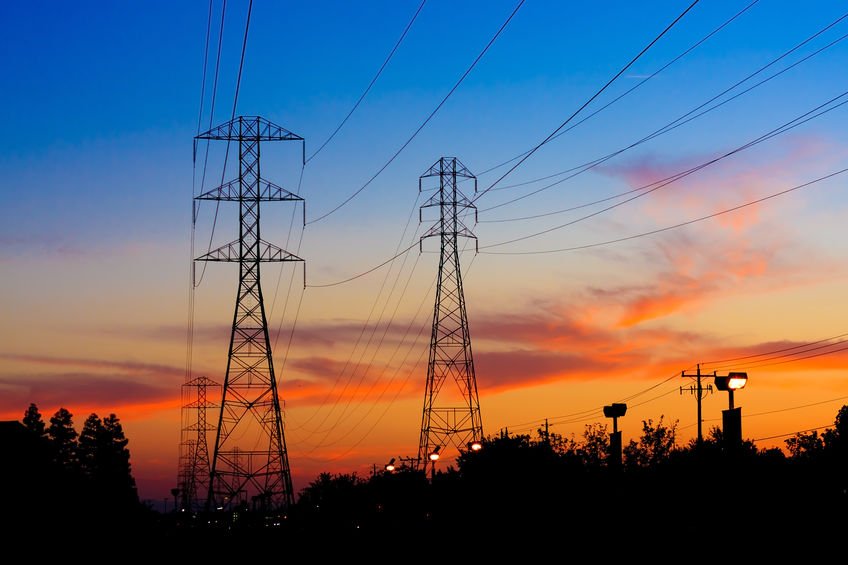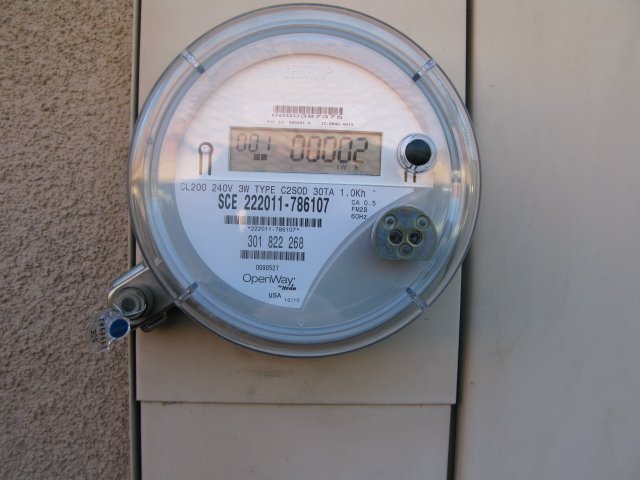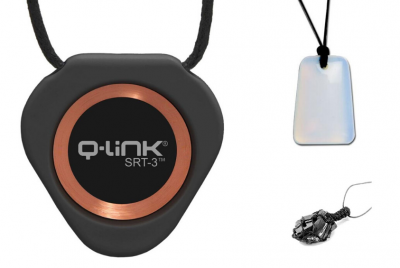When worn correctly, both Bluetooth and wired earbuds offer a lightweight and comfortable way to listen…
How To Find a Low EMF House: An Essential Checklist

*We may earn a commission for purchases made using our links. Please see our disclosure to learn more.
Embarking on a house hunt is an exciting journey. You have the opportunity to decide what you really want in a home, and to find a house that checks as many boxes on your list as you can. From the location to the backyard view to the number of bathrooms, everyone has their own set of “must-haves” for their new home. Whether you just started your search or you’ve been looking for a while, odds are you have a pretty solid idea of what you want and need.
If you’re an EMF-conscious person, however, there is one additional thing you may want to add to your list. That is, the amount of EMF radiation present in and around the home.
We spend a great deal of time on this site talking about things you can do to reduce your current home’s EMF levels. Switching to wired internet, painting problematic walls with EMF paint, and installing a smart meter guard may all be second nature to you at this point. But a new home represents an opportunity to find a place with lower EMF levels, to begin with.
Finding a low EMF house can drastically reduce the amount of work you have to put into reducing your EMF exposure once you move in. Of course, you still have your own devices to contend with — your TV, for example, will still emit EMF radiation, as will your appliances. But the overall levels will be much lower in a home that has low EMF to begin with than in one that backs up to a cell tower or radio antenna.
Your house hunt is an opportunity to start over with a clean slate. So why not make that slate as EMF-free as possible?
How to find a low EMF house
Consider the surroundings
When we say surroundings, we aren’t necessarily referring to the view — although that does factor in. Rather, you want to consider what external sources of EMF radiation are present in your potential new neighborhood.
The first, and easiest, thing you can do is to look for surrounding power lines. High voltage lines are what you are looking for, in particular. The ELF-EMF radiation from high voltage power lines has been shown to slightly increase the risk of childhood leukemia in children living in close proximity to them. Of course, if your house is on the electric grid, it will likely have power lines nearby. But ideally, you don’t want them directly overhead. If you’re so close to the line that you can hear it buzzing or feel the hairs on your arms start to stand up, then you’re too close.

Another thing to be mindful of is your home’s proximity to cell towers. The easiest way to do this is through a site such as CellMapper or Antenna Search. You simply input your address, select a carrier, and search for their antennas. For a step-by-step guide to locating 4G cell towers near you, see our guide here. We also have a guide for finding nearby 5G towers, as well.
Now, unless your home is in a dead zone, odds are there will be cell towers within a couple of miles of you. What you’re really looking for are those towers that are in uncomfortably close proximity, say a mile or so away (or much less if we’re talking about millimeter-wave 5G).
Look at the appliances, if any
Some new homes come completely empty. Others throw in the appliances. If the home you’re looking at falls into the latter category, take a look at the type of appliances that are present. While their inclusion could save you money, smart appliances, in particular, require a WiFi signal and can greatly increase your home’s EMF levels.
If you’re curious about the EMF radiation produced by common household appliances, see our guide to Appliances and EMF Radiation.
Scan for smart meters

“Smart Meter” by miheco is licensed under CC BY-SA 2.0
Smart meters measure your usage of a given utility (water, for example, or electricity). Unlike analog meters, however, they wirelessly send that data to your utility company. From a business standpoint, they save on manpower because they don’t require a meter reader to visit every house. Because of that, their usage is becoming more and more the norm these days.
In spite of their popularity, there is mounting concern that these devices expose those nearby to unsafe levels of RF-EMF radiation as they transmit and receive signals. And while there are things you can do to reduce your smart meter’s EMF output, such as putting on a smart meter cover, your best bet is to avoid them altogether. You can learn more about smart meters over at Smart Meter Radiation: What You Should Know.
Some cities and utility companies allow you to opt-out of smart meter usage for a fee, but even then, you still have the meters on your neighbors’ houses to deal with. And not all municipalities even allow you to opt-out.
To see if the home you’re looking at uses a smart meter, head outside, and look at the utility meters. A smart meter usually has a digital display, although not all digital meters are smart meters, making spotting them all the more difficult. Sometimes they will even say “smart meter” somewhere on the device. If you’ve viewed the meter and still aren’t sure, try calling the city’s public works department or the utility company and asking them what kind of meter they use.
If the house does have a smart meter, you can also ask about the opt-out policy. If the house does not have a smart meter, it’s also wise to call and ask the city or utility company if they have any plans to upgrade to smart meters in the future.
Go rural
This isn’t a suggestion that will work for everyone, but nonetheless, it’s worth considering. Crowded cities have quite a bit of external EMF radiation, from cell towers and people using their devices. Likewise, a subdivision or any other closely packed neighborhood will expose you to surrounding WiFi signals and other sources of EMFs.
As a general rule of thumb, the more spread out your neighborhood is, the less of your neighbors’ EMF radiation you are going to be exposed to. For that reason, rural areas are often a little lower in EMFs. If you’ve been looking for an excuse to get out of the city, this may just be it.
Hire a professional
If you find a home you like and are seriously considering making an offer, it may be a good time to bring in the pros. EMF inspectors are trained to thoroughly examine a home and determine how much EMF radiation is present. Some of this can be done with an EMF meter, which we’ll talk about next. But these inspectors also have access to expensive, professional-grade measurement equipment that is simply more powerful and accurate than an entry-level EMF meter.
If you decide to go the professional route, check out our guide to EMF Home Inspections. In it, we discuss what, specifically, an inspector is looking for, as well as how you can find one in your area.
Testing EMF levels yourself
If you’re more of a DIY person, or you’re on a strict budget, the thought of hiring an inspector may not appeal to you. If that is the case, you can measure the home’s EMF levels yourself using an EMF meter. If you don’t already have one, we go into detail about how to select one in The Best EMF Meters For Any Budget. You will want to find one that can measure electric fields, magnetic fields, and radiofrequency radiation.
Take your EMF meter and walk around the house, taking measurements. You may want to do this once for each type of EMF radiation being monitored. Walk all around each room, noting the measurements around the room’s perimeter as well as towards the center. There will likely be some areas where the levels are higher, but overall, for a home with nothing in it, you should expect to see fairly low levels.
If you are looking at the home while it is furnished with the previous owner’s belongings, take that into consideration, as well. You are likely detecting their WiFi and other electronic devices, and those things may not be present when you move in.
Budget for protective upgrades
If the house you’re looking at is straining the top of your budget, you probably aren’t going to have much money leftover for implementing protective measures. With that in mind, make sure there is enough wiggle room in your budget to accommodate the price of the house in addition to any protective steps you wish to take, such as painting an interior wall with EMF paint or purchasing lower EMF appliances.
Parting thoughts
EMF radiation is unavoidable in our daily lives. Finding a low EMF house, however, can help reduce your overall exposure. As someone on a house hunt, you are in a unique position to find a home that is as free from EMF radiation as possible.
Once you’re all moved in, be sure to visit our guide to whole-house protection for ideas on how to reduce your exposure even further.



